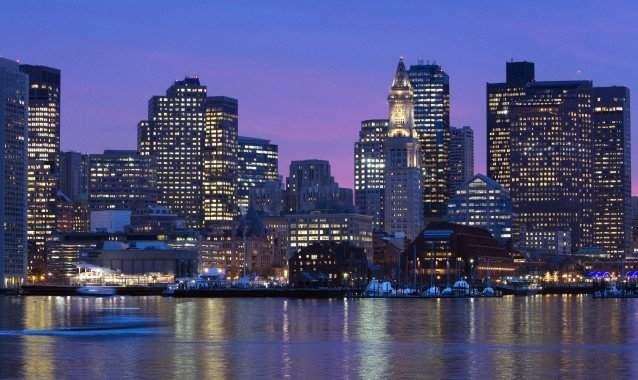
The Regional Greenhouse Gas Initiative had its first auction this week since lowering its cap — and the results suggest the system is once again effectively reducing carbon emissions.
Encompassing nine states in the northeast, RGGI is a cap-and-trade system that started operating in 2008. It sets an overall cap on the amount of carbon dioxide that can be emitted by the participating states. Then it breaks that amount into permits — each allowing for one ton of emissions in a given year — and auctions them off to the firms subject to the system.
The idea is that emitters will have an economic incentive to cut emissions, because then they’ll have to buy fewer permits — or they can sell permits they don’t need to other emitters. How emissions are cut is left up to the market and the individual firms to decide. They just have to adhere to the amount of permits they have.
So RGGI is just a market in carbon emissions. And the higher the price of the permits, the bigger the incentive to cut emissions.
That’s where the problem lay: starting in 2010, the cost of the permits in RGGI’s auctionsflatlined at just under $2 per ton. At such a low price, the incentive to cut was low-to-non-existent — a sign that RGGI’s cap was so high it wasn’t reducing carbon emissions beyond what business-as-usual would’ve done.

So the states under RGGI got together and decided to lower the cap. They dropped it from 165 million tons in 2013 to 91 million tons in 2014. And it will drop 2.5 percent every following year until 2020.
This past Wednesday was the first permit auction since the cap was lowered. The clearing price for the permits jumped to $4, the highest it’s ever been at since the auctions and trading started in 2008. Furthermore, the auction not only sold out all the permits allocated this time around, it sold out all of itsbackup permits as well. So demand for the permits is high, indicating the new cap is ramping the incentive to cut emissions back up.
“These early results demonstrate RGGI is on track to reduce carbon emissions by 80-90 million tons through 2020 while helping states fund clean energy investments,” saidKenneth Kimmell, Commissioner of the Massachusetts Department of Environmental Protection and the chair of RGGI’s board of directors.
Right now RGGI only covers power plants. But a recent analysis by ENE EnergyVision suggested the system should expand to cover other economic sectors like transportation. According to the study, combining that expansion with an extension of the cap’s downward slope past 2020 could serve as one part of an overall push to cut the Northeast’s greenhouse gas emissions by 75 per cent by 2050.








